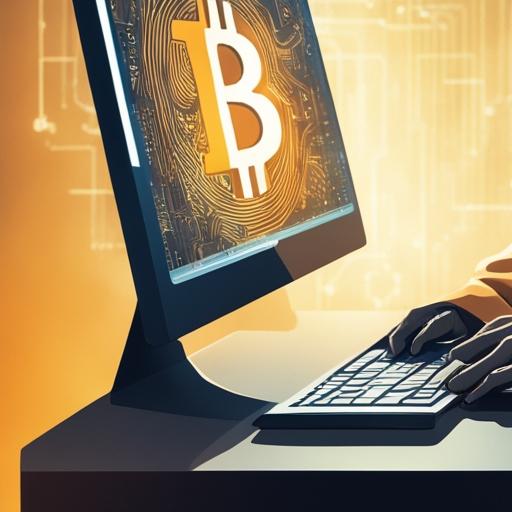The Genesis of Bitcoin
In the annals of financial history, few innovations have stirred as much interest and controversy as Bitcoin. However, to understand its profound impact, we must journey back to its inception. The story of Bitcoin starts with a pseudonymous figure known as Satoshi Nakamoto. Though Nakamoto’s true identity has remained elusive, their creation became a cornerstone for a new era of digital currency.
The Vision of Decentralization
In 2008, amidst global financial turmoil, Nakamoto published a whitepaper titled Bitcoin: A Peer-to-Peer Electronic Cash System. This document outlined a revolutionary vision: a decentralized, borderless digital currency that operates without the control of any single entity. Bitcoin aimed to solve the double-spending problem prevalent in earlier digital cash concepts, ensuring trust and security through its innovative blockchain technology.
The Magic of Blockchain
At the heart of Bitcoin’s magic lies the blockchain, a distributed ledger that records every transaction made with the currency. Blocks of transactions are chained together in a chronological order, creating an immutable and transparent record. This mechanism provided security through cryptographic verification and eliminated the need for a central authority, fostering trust in a decentralized system.
The First Bitcoin Transaction
In January 2009, Nakamoto mined the first block of the Bitcoin blockchain, known as the Genesis Block. Embedded in this block was a cryptic message referencing a newspaper headline: The Times 03/Jan/2009 Chancellor on brink of second bailout for banks. This was a clear nod to the failings of the traditional financial system and the promise of Bitcoin as an alternative. Shortly after, the first Bitcoin transaction took place between Nakamoto and Hal Finney, a known cryptographic pioneer.
The Early Days
In its nascent stage, Bitcoin captured the imagination of cryptographers, developers, and libertarians intrigued by its potential. Still, it was a niche experiment, worth pennies and far removed from its current valuation. Developers and early adopters participated primarily through mining, where they used computational power to solve complex puzzles and validate transactions, earning Bitcoins as a reward.

Bitcoin Pizza Day
A milestone moment in Bitcoin’s journey came on May 22, 2010, known as Bitcoin Pizza Day. A programmer named Laszlo Hanyecz made the first real-world purchase with Bitcoin by buying two pizzas for 10,000 BTC. This transaction showcased the practicality of Bitcoin and marked its evolving status from a digital curiosity to a viable currency.
Bitcoin’s Ascendancy
As more people became aware of Bitcoin and its potential, its adoption began to spread. Online forums, GitHub repositories, and emerging exchanges facilitated information sharing and trading. By 2011, Bitcoin had achieved parity with the US dollar, a symbolic victory that indicated its growing acceptance and potential as a store of value.
The Ongoing Legacy
While Bitcoin has since faced regulatory challenges, technological hurdles, and market volatility, its origin story remains a testament to the power of decentralized innovation. What started as a whitepaper has spurred an entire ecosystem of cryptocurrencies, blockchain projects, and financial technologies, fundamentally reshaping our understanding of money, value, and trust.
Bitcoin’s journey is far from over, but its beginning serves as an enduring reminder of what a determined community and a groundbreaking idea can achieve. As we look ahead, the legacy of Satoshi Nakamoto’s creation continues to inspire new possibilities for a decentralized future.
